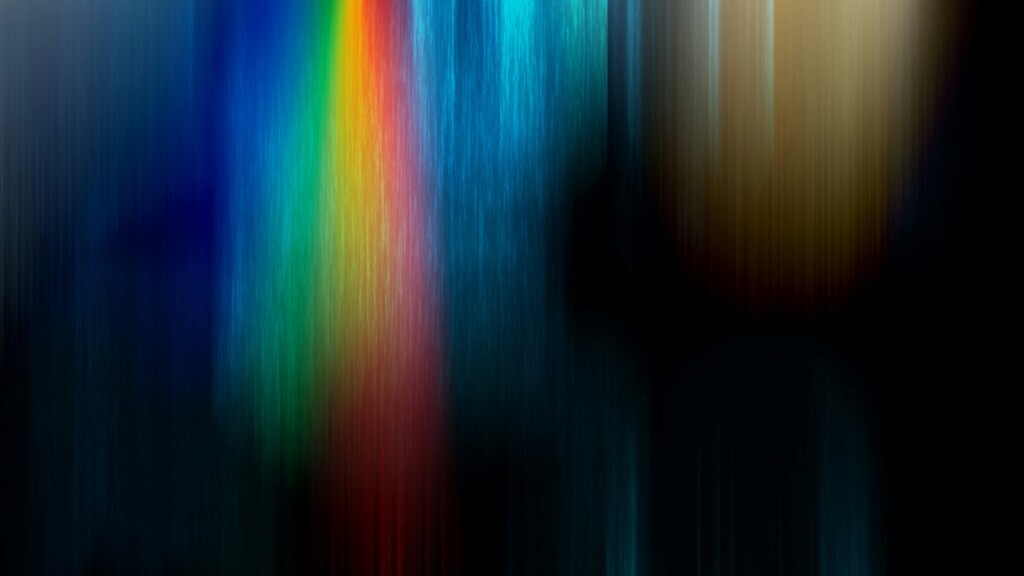 Photo by Hamish on Unsplash
Photo by Hamish on UnsplashAn experiment in human photoreceptors allowed scientists to recently define a new color, imperceptible by the human eye, that lies along the blue-green spectrum but is different from the two.
The team, who experimented on themselves and others, hope their findings could one day help improve tools for studying color blindness or lead to new technologies for creating colors in digital imagery.
“Theoretically, novel colors are possible through bypassing the constraints set by the cone spectral sensitivities…” the authors write in their abstract. “In practice, we confirm a partial expansion of colorspace toward that theoretical ideal.”
The team from University of California, Berkeley and the University of Washington used pioneering laser technology which they called “Oz” to “directly control the human eye’s photoreceptor activity via cell-by-cell light delivery.”
Color is generated in our vision through the transmission of light in cells called photoreceptors. Eye tissue contain a series of cones for this task, and the cones are labeled as L, S, or M cones.
In normal color vision, the authors explain, any light that stimulates an M cone cell must also stimulate its neighboring L and/or S cones because the M cone spectral response function lies between that of the L and S cones.
“However, Oz stimulation can by definition target light to only M cones and not L or S, which in principle would send a color signal to the brain that never occurs in natural vision,” they add.
Described as a kind of blue-green with “unprecedented saturation” the new color, which the researchers named “olo” was confirmed as being beyond the normal blue-green spectrum by each participant who saw it, as they needed to add substantial amounts of white for olo to fit somewhere within that spectrum.
“The Oz system represents a new experimental platform in vision science, aiming to control photo receptor activation with great precision,” the study says.
Although the authors are confidant that olo has never been seen before by humans, the spectrum of blue-green has received international attention before as a field of vision discovery.
OTHER FASCINATING STUDIES: Why Cats Love to Sit in Boxes – Even Fake Ones, According to Science
A groundbreaking study of the Himba people in Namibia conducted in 2005 and published in journal of the American Psychological Association demonstrated that these traditional landowners seemed to perceive various colors as the same because they used the same word for them. A grouping of colors we in the West would separate into pink, red, and orange, is all serandu to them.
That was only half of the cause for fascination with the study. The other half came from the Himba people’s unbelievable sensitivity to the blue-green spectrum, such that they could reliably pick out the fainest differences in green that Western viewers by comparison missed.
PLAYING MIND GAMES: Scientists Find Surge of Specific Brain Activity in Dying Patients that Could Help Explain Near-Death Experiences
This also corresponded with more words for shades of green which Westerners would never bother specifying, and in fact, the Himba had a harder time pointing out that a blue square was different from green squares when shown a chart, but could reliably select the square of a slightly different shade of green to the rest.
But then it got even stranger. Further studies in the following years included genetic testing on the Himba, and it showed they possess an increased number of cone cells in their eyes. This higher density of cones enables them to perceive more shades and nuances of color than the average person, according to the lead author of the genetic research.
SHARE This Fascinating Conjunction Of Ophthalmology And Anthropology…
Source link

